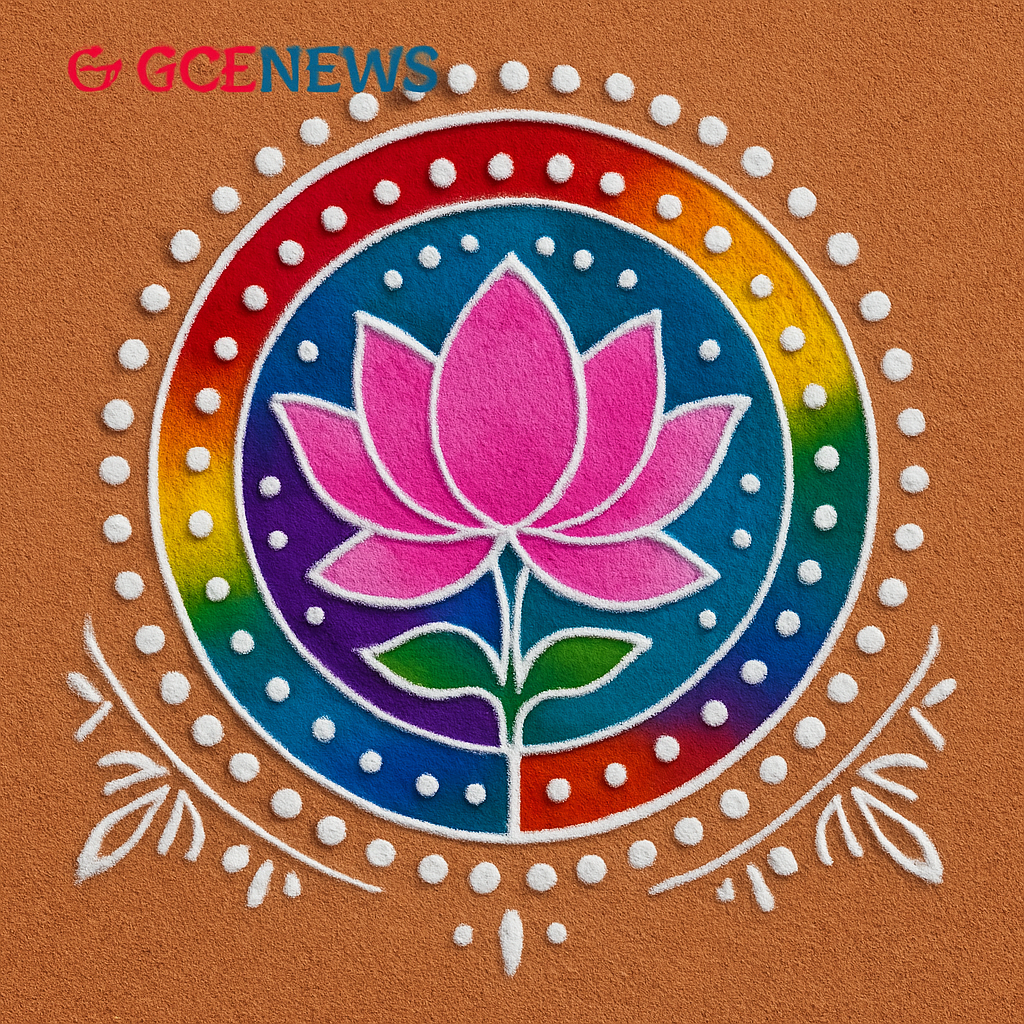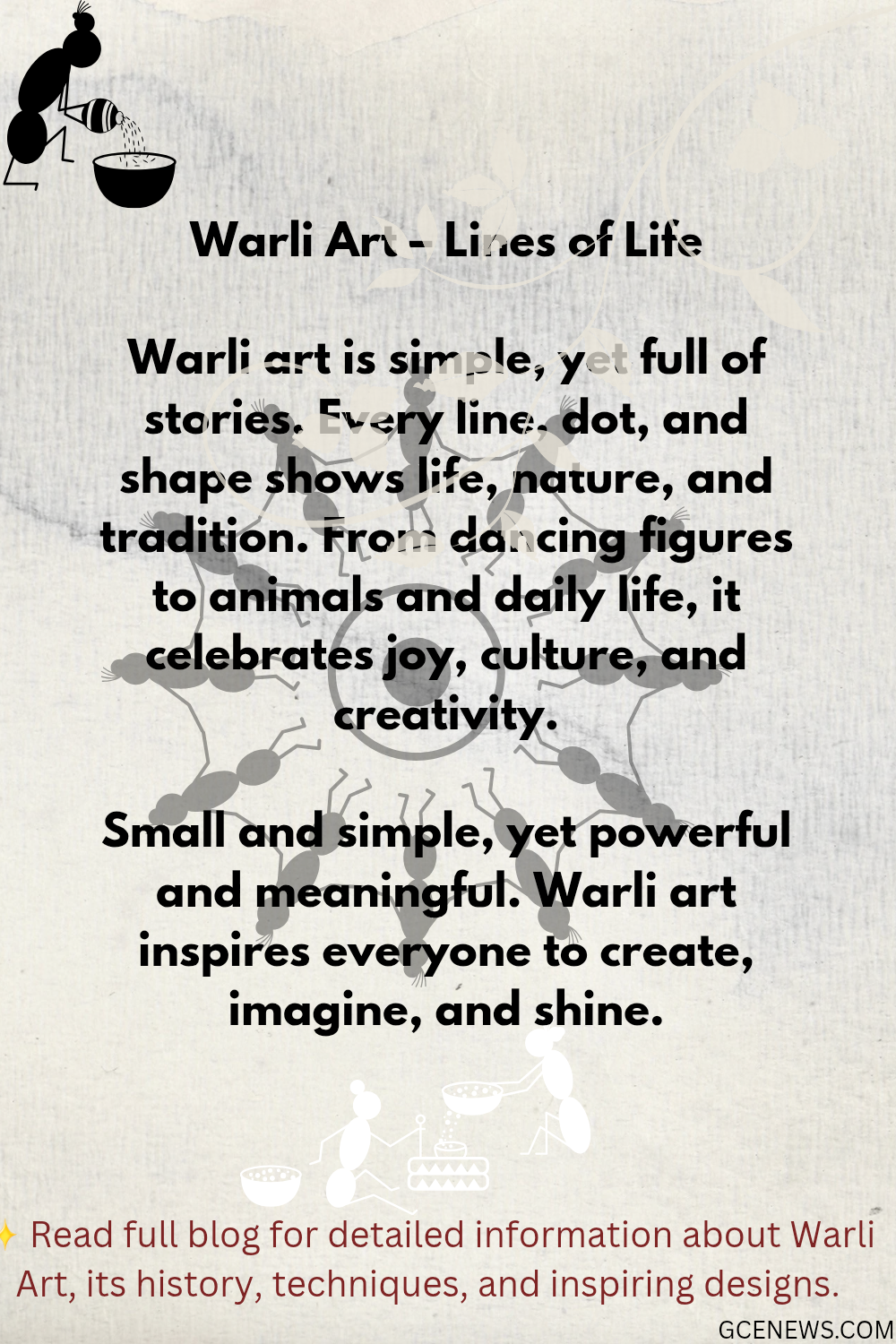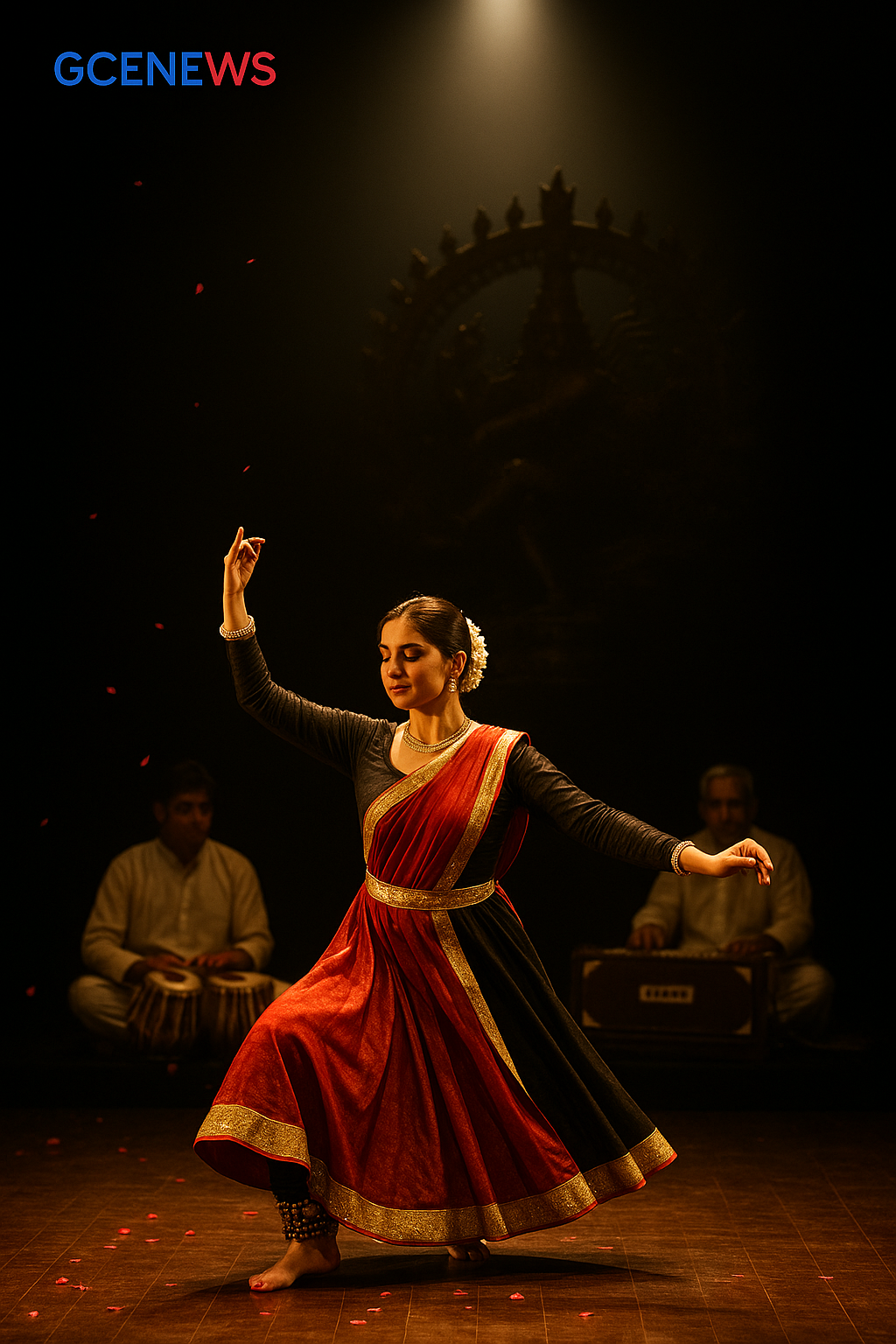Episode 10 of rangoli series

🌸 Rangoli Series – Episode 10
“The Magic of Rangoli Never Ends”
Hey friends,
Welcome to the 10th and final episode of our Rangoli series! Honestly, it feels like we just started — and now we’re wrapping up this beautiful journey of colors, culture, and creativity.
From learning how to make basic patterns, to exploring different styles and meanings behind Rangoli… we’ve done it all. And today, we’re ending this journey with something special — not just facts or tips, but the true heart of Rangoli.
Let’s take one last colorful walk together!
🪔 Rangoli is More Than Just Decoration
People often think Rangoli is only for festivals. But in many homes — especially in villages and small towns — it’s part of daily life.
Every morning, someone in the house will sweep the front yard, sprinkle water, and draw a simple Rangoli with white powder or rice flour. No colors, no show-off. Just a calm, peaceful routine to bring positive vibes into the home.
It’s not about showing anyone — it’s about starting your day with peace and beauty.
🎨 Rangoli Comes From the Heart, Not Just the Hands
Have you noticed? Every Rangoli looks different — even if two people use the same design idea.
That’s because Rangoli comes from feelings. One woman might draw flowers, another may draw diyas, someone else might use peacock feathers.
It doesn’t need to be perfect. It just needs to be real.
Every Rangoli quietly speaks:
- Hope
- Celebration
- Blessings
- A warm welcome to guests
- And above all — love
It’s silent... but powerful.
🌍 Different States, Different Styles — All Beautiful
India is full of diversity, and Rangoli is the perfect example of that. Here’s how different regions add their own flavor:
- Tamil Nadu – They draw Kolam with rice flour, early in the morning. It’s clean, graceful, and calming.
- Maharashtra – People use bright colors and geometric patterns. Super symmetrical and detailed.
- Rajasthan – The traditional Mandana art is made with white chalk on red mud floors or walls. It has a royal feel.
- West Bengal – Alpana style, using rice paste to draw spiritual or nature-inspired designs.
Different styles, but the same soul — love, culture, and purity.
💡 Rangoli in Today’s World – Still Going Strong
Even though life is fast and people are super busy, Rangoli is still alive — just in new ways.
You can now find Rangoli at:
- Apartment entrances
- School stages
- Mall decorations
- Online contests (yes, really!)
And let’s not forget — social media has made Rangoli global. Kids are now making digital Rangolis, learning new ideas from YouTube, and even creating animation-style designs.
Rangoli has evolved, but the feelings behind it are still the same.
💞 Rangoli Brings Families Together
One of the sweetest parts of making Rangoli? Doing it with family.
Think about Diwali night — everyone’s involved.
Someone draws the outline, someone fills in the colors, someone argues over the right shade of blue, someone’s just taking photos… and everyone laughs.
That’s the beauty of Rangoli:
- It teaches teamwork
- It creates memories
- And it reminds us that small things done together matter
🕊️ Rangoli Speaks Even Without Words
Did you know Rangoli is also used in peaceful protests and spiritual events?
For example:
- In Kerala, people create huge floral Rangolis during Onam to pray for happiness and good harvest.
- Some groups make Rangoli during protests to send messages of unity and peace — without saying a single word.
Because Rangoli isn’t just pretty — it’s powerful. It heals, unites, and speaks from the heart.
🧒 A Small Story to End With – The Girl with No Colors
Before we wrap up, here’s a story that always stays with me.
In a small village in Madhya Pradesh, there lived a girl named Rani. She loved Rangoli but couldn’t afford color powders. So what did she do?
She used flower petals, leaves, turmeric, flour, and even coal dust.
Her Rangolis were never perfect, but they were full of love. And people noticed. One day, a school teacher saw her work, took pictures, and shared them online.
Guess what?
Rani was invited to a state-level Rangoli competition — and she won.
She didn’t have fancy materials. She had heart. And that was more than enough.
✨ Why We’ll Always Love Rangoli
Let’s be honest — no matter how modern we become, Rangoli will always hold a special place in our hearts.
Why?
Because it reminds us of:
- Home
- Culture
- Simplicity
- Peace
- And the joy of creating something beautiful — just for the sake of it
Even a small Rangoli in front of your door can change the whole mood of your home.
It brings life, energy, and calm — all at once.
🔚 So, What’s Next After Episode 10?
This may be the last episode of our Rangoli series, but your journey with it doesn’t have to end here.
You can:
- Try new patterns at home
- Teach a kid how to draw dots and lines
- Organize a Rangoli event in your society or school
- Or just quietly sit, draw something simple, and enjoy the peace it brings
And guess what?
A new blog series is coming soon — all about another beautiful Indian tradition! Stay tuned 💫
📚 Missed Any Episodes? Here’s the Full List:
📌 Episode 1: What is Rangoli? A Simple Start
📌 Episode 2: Materials You Can Use (Even Kitchen Items!)
📌 Episode 3: Mandana Art & Traditional Styles
📌 Episode 4: Theme Rangolis for Each Festival
📌 Episode 5: Floral & Nature-Inspired Designs
📌 Episode 6: Monsoon Rangolis and Emotions
📌 Episode 7: Rangoli with Kids – Fun & Learning
📌 Episode 8: Geometrical Rangolis & Dot Magic
📌 Episode 9: Peacock Rangoli – A Splash of Grace
🙏 Thank You, From the Heart
If this series made you smile, inspired you to create, or reminded you of your childhood… then this blog did its job.
Every color tells a story.
Every line holds meaning.
And every one of you reading this — you matter. Your art matters.
Thank you for walking this colorful path with me 💖
See you again very soon in the next series!




